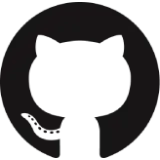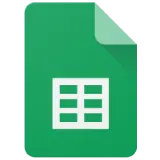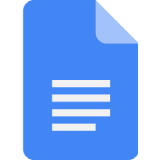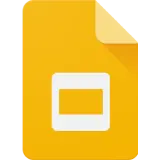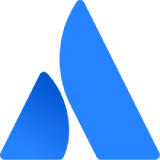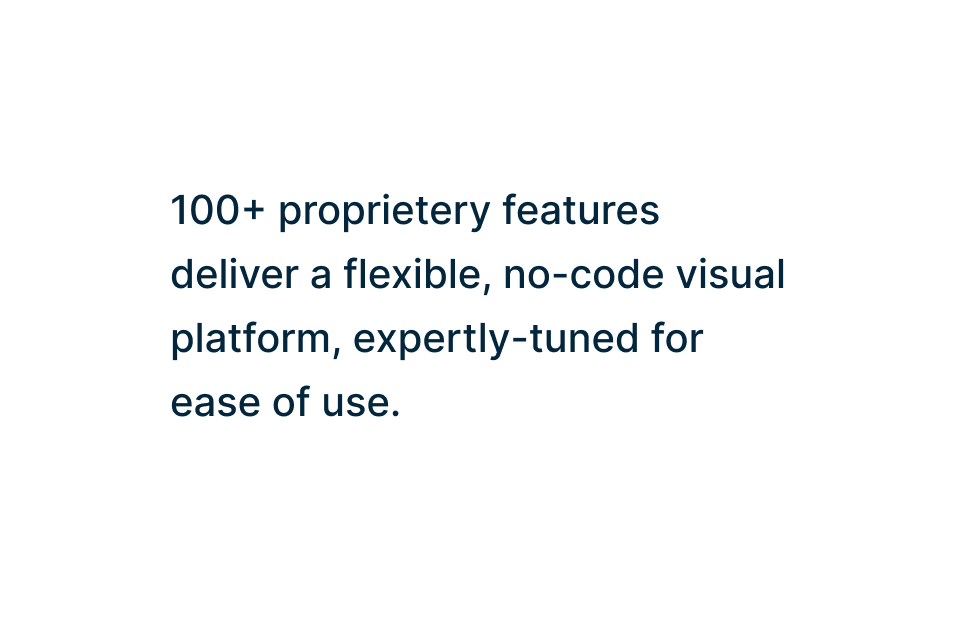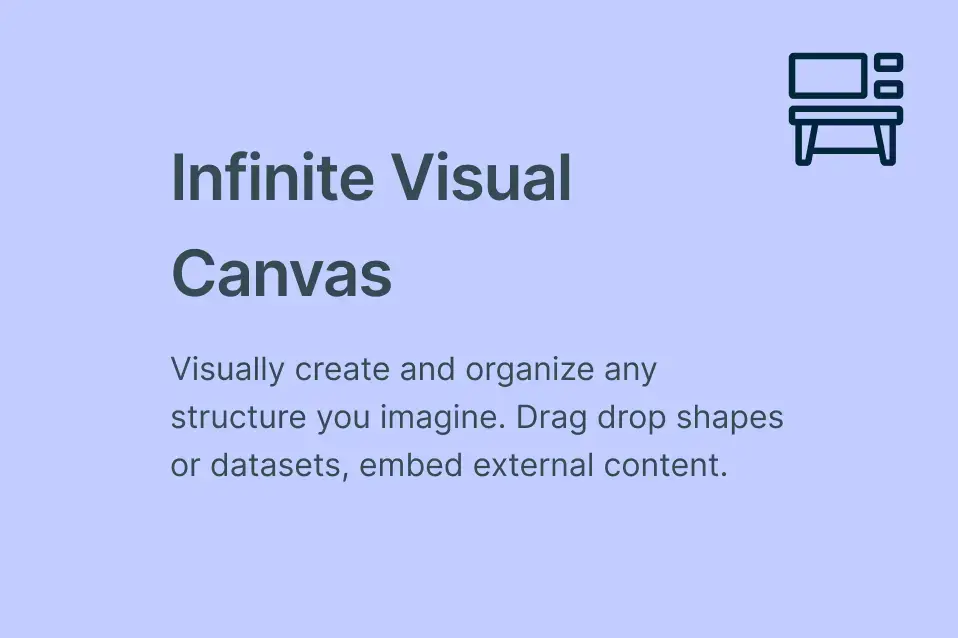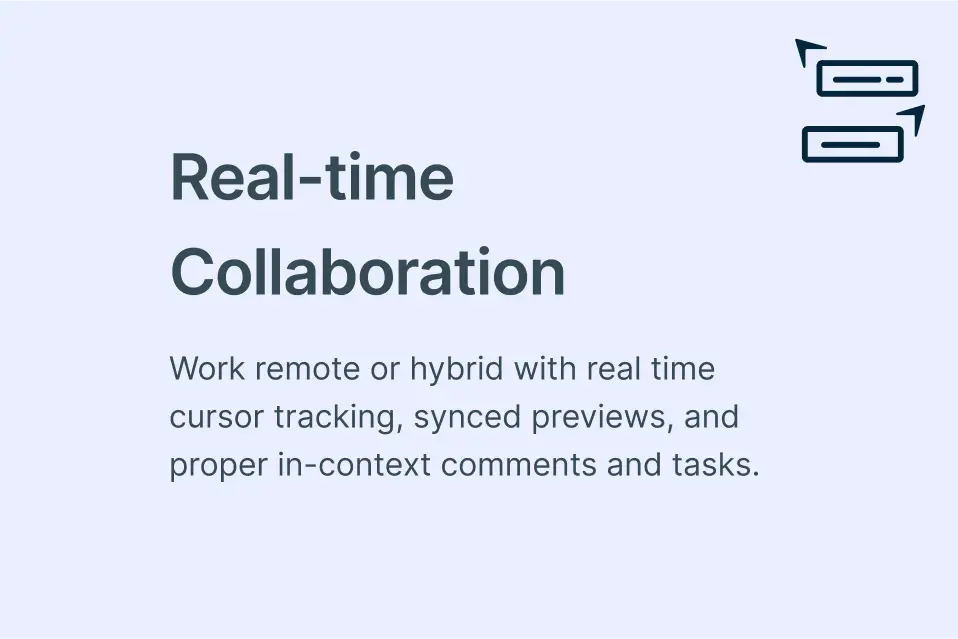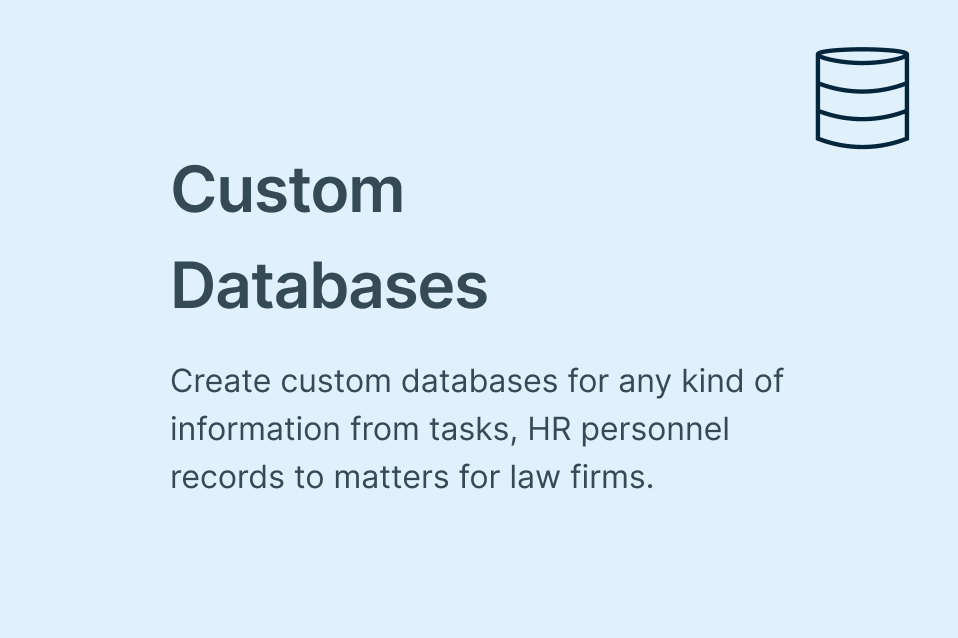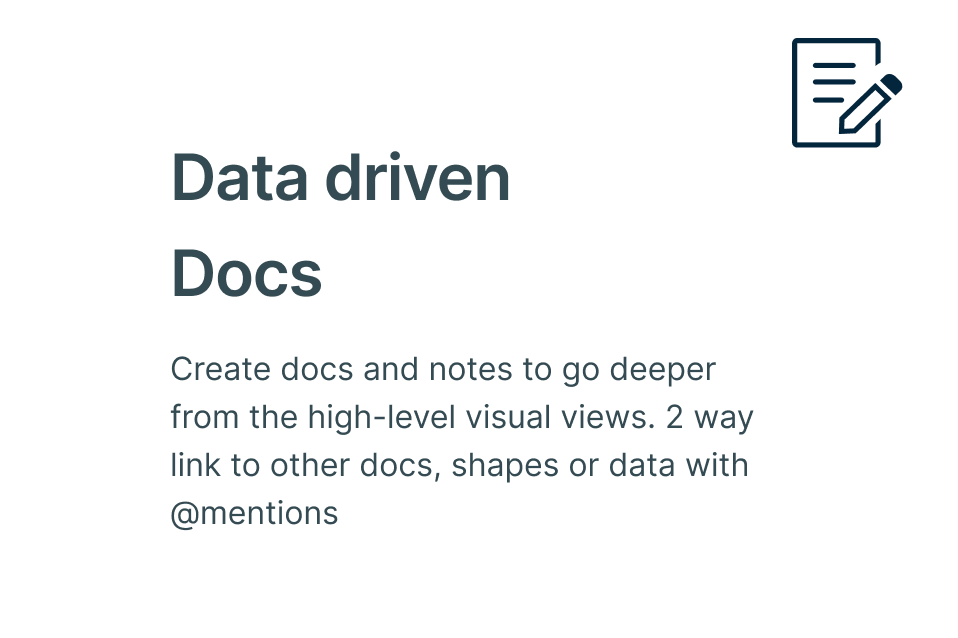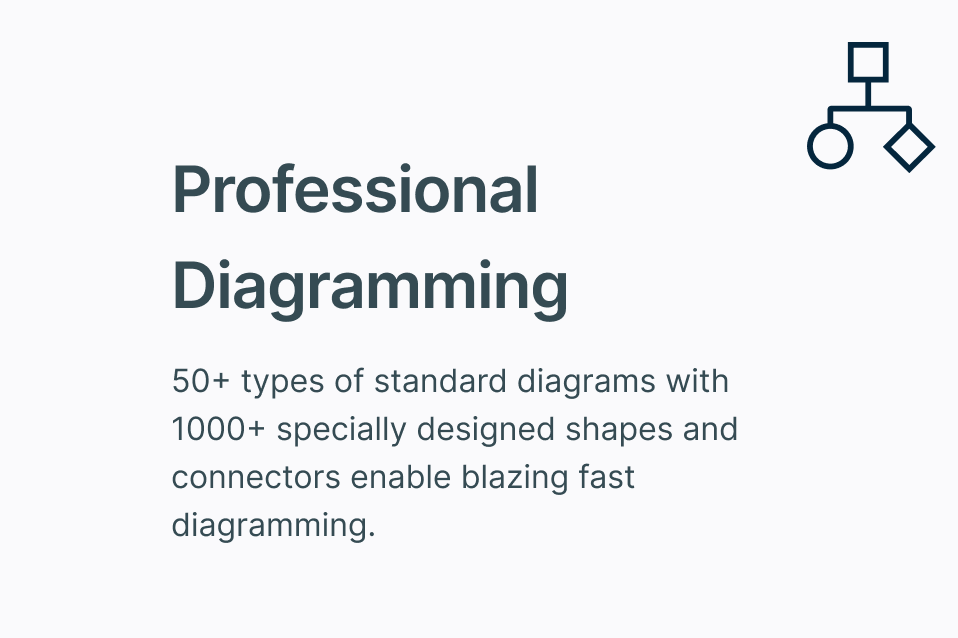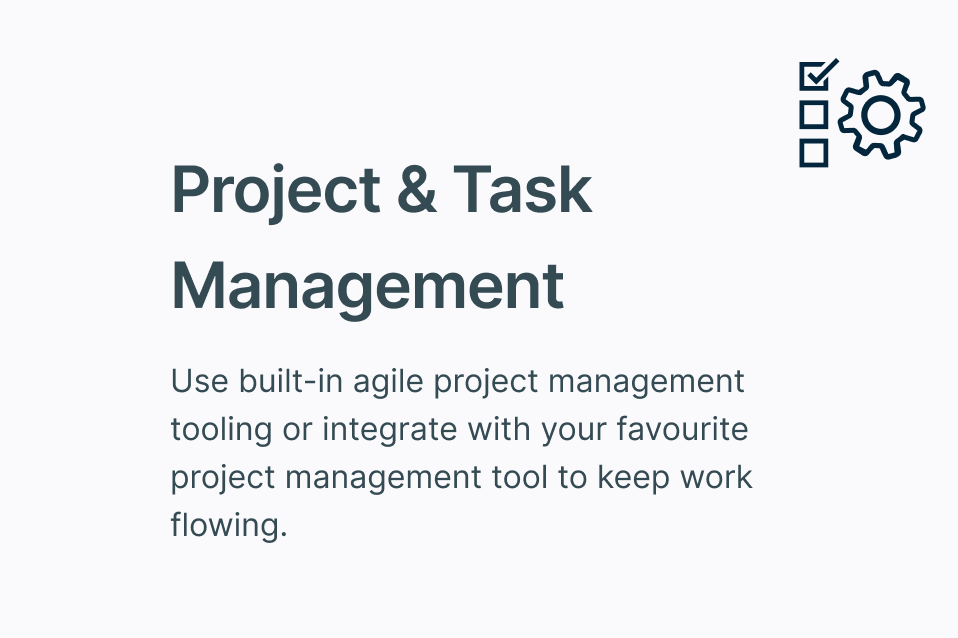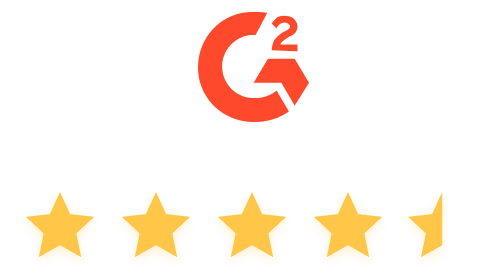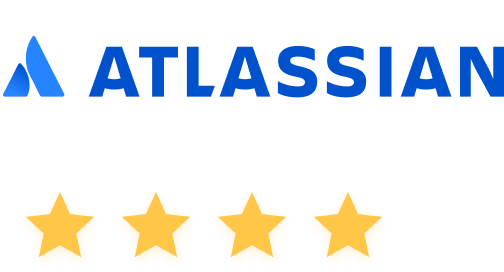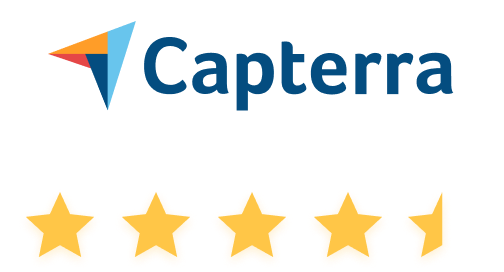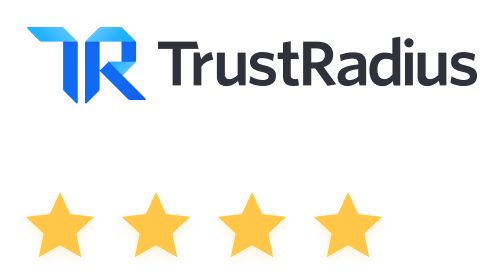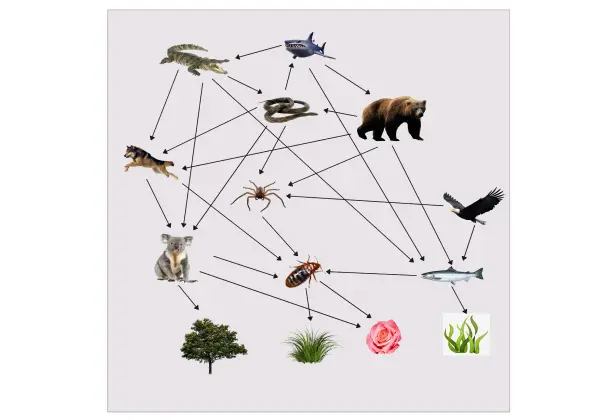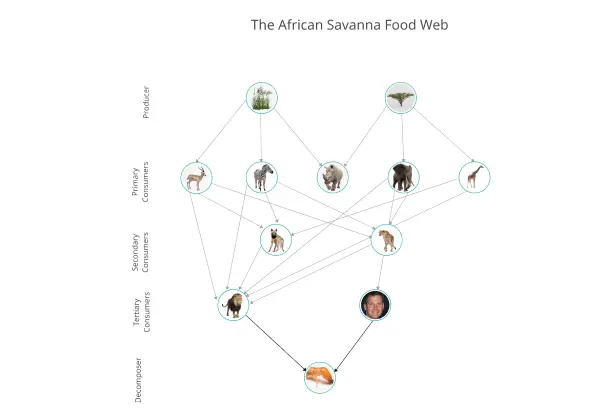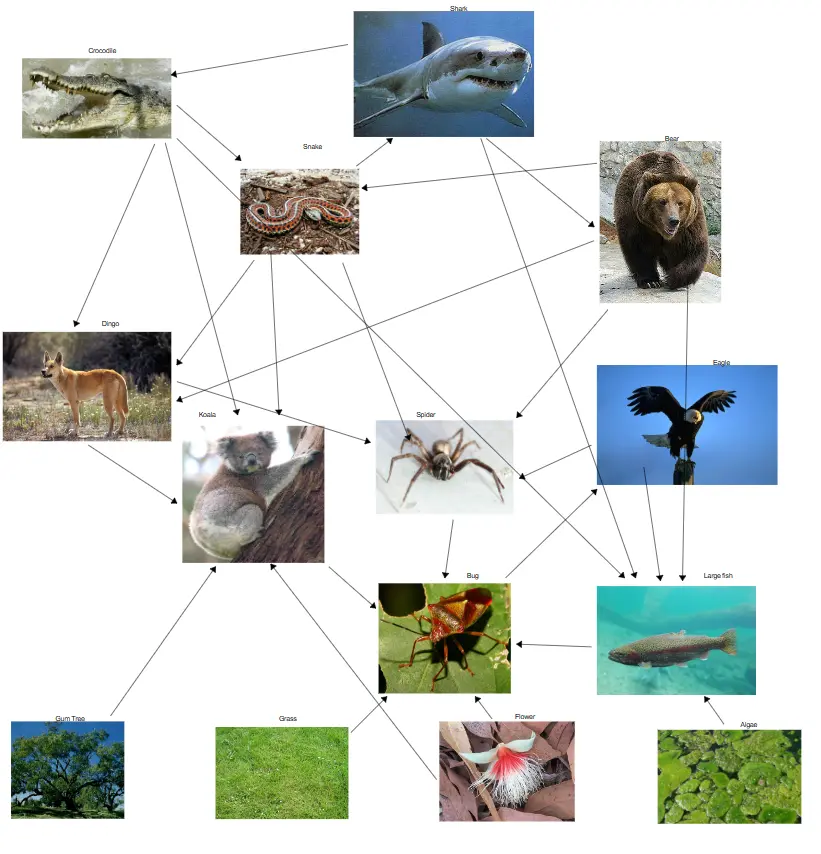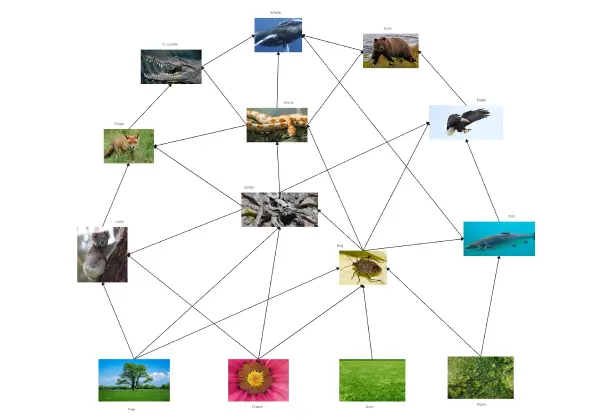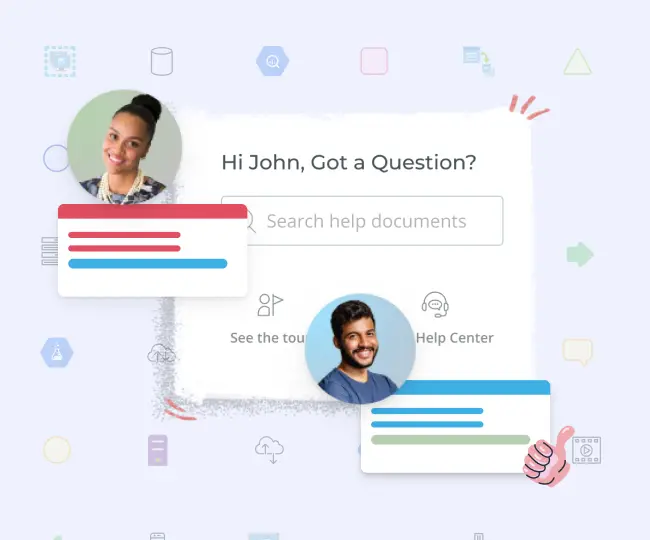Food Web Maker
Draw Complex Food Webs Easily
Visualize interconnections in an ecosystem by creating detailed food webs or food chains to understand ecosystems better.
- 1000+ pre-made templates to get a head start
- Smart shapes & connectors to create dynamic food webs
- Real-time collaboration to work seamlessly with peers
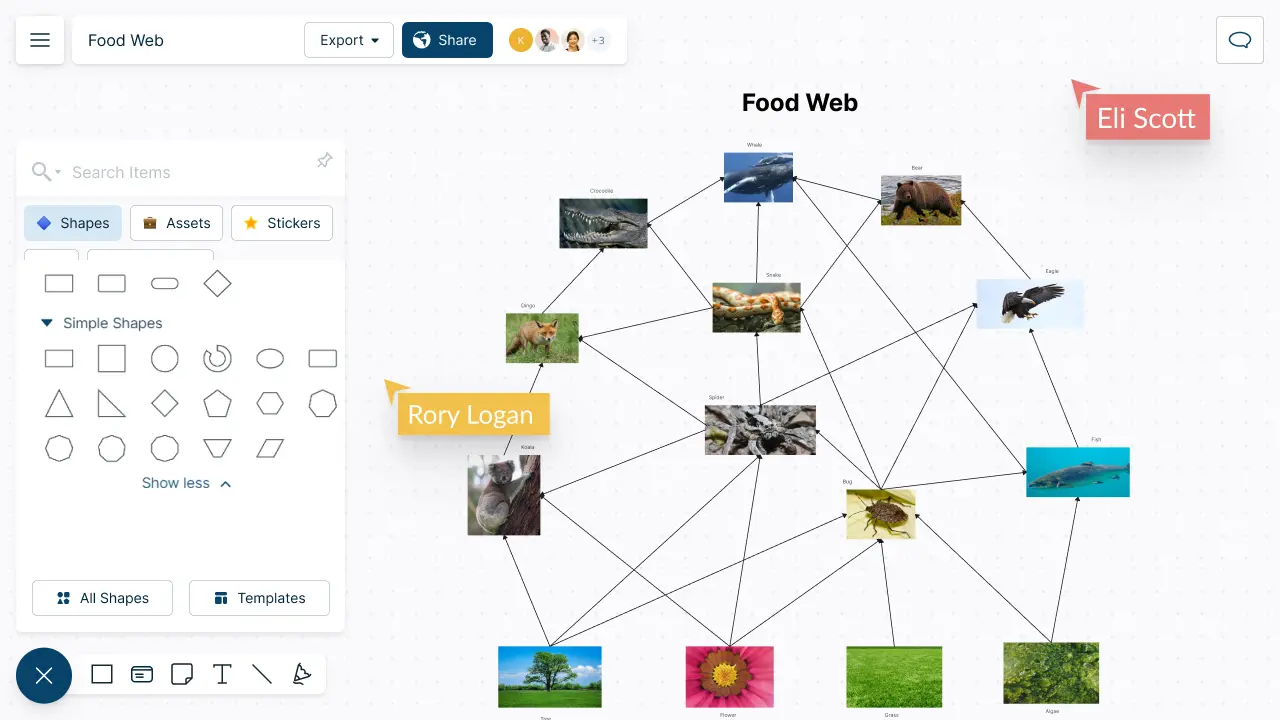
How to make a Food Web?
Display Connections in a Food Web

Intuitive drag & drop tools to quickly draw complex food webs.
Freehand drawing to sketch anything as you analyze organisms.
Import images to create dynamic food chain diagrams.
Multiple templates for dichotomous keys, phylogenetic trees, food webs, & more.


Get Creative with Groups

Work with students, teachers, or fellow researchers on a shared canvas.
Track changes in real-time with color-coded live mouse pointers.
Comment with context to have discussions & follow ups in real-time or async!
Multiple role levels to share, edit, & review your food webs collaboratively.
Centralize Your Research Data
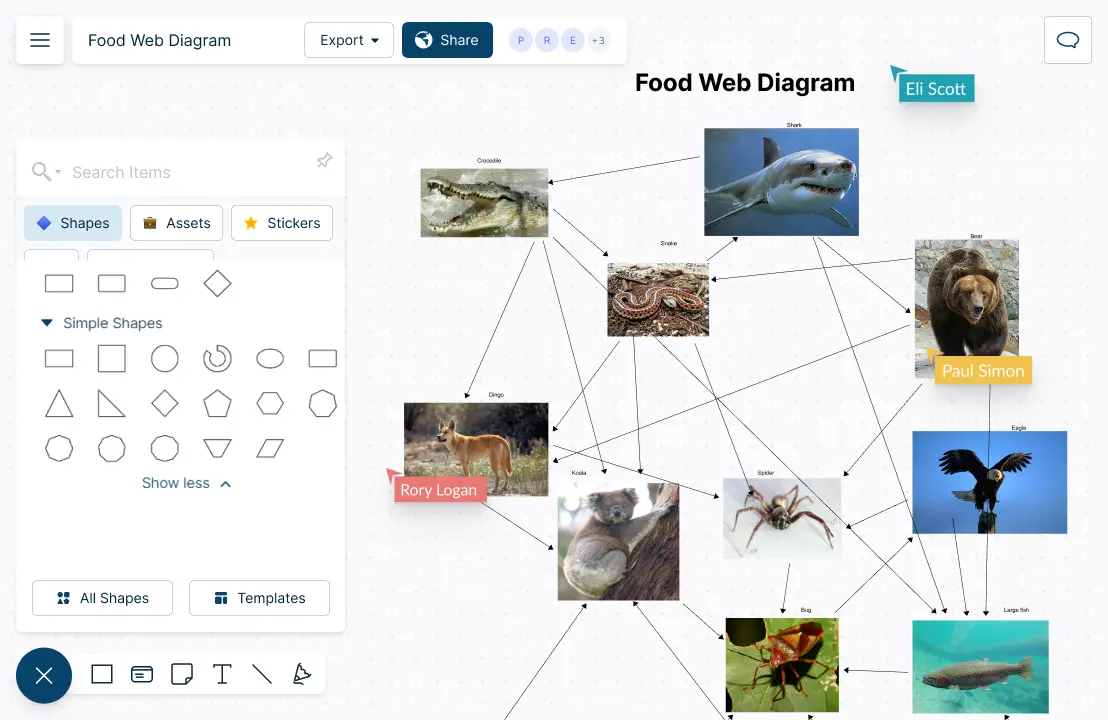
Add detailed docs, attachments, links & more with integrated notes.
Infinite canvas to gather research data & visually arrange them.
Built-in tools to create presentations & share them instantly with others.
Export your food web in multiple image formats for sharing & publishing.

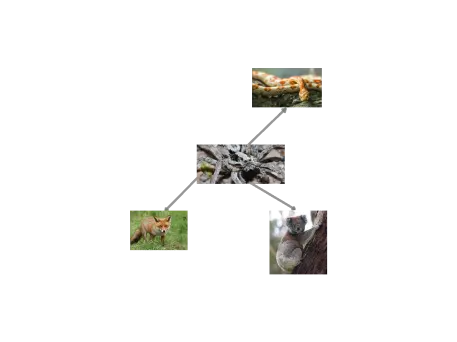
What is a Food Web?
Food webs are part of an ecosystem, and can be used to simplify and understand the connections between different kinds of organisms, including their behavior and interactions. A food web visually maps out the interconnections between producers and consumers, containing all the food chains of an ecosystem.
Ecologists and biologists use food webs to study and understand the relationships between different organisms and their roles in an ecosystem while environmental managers and conservationists also use food webs to inform management and conservation decisions. Creating food webs collaboratively with a group of peers can help better understand the complex relationships of an ecosystem.
How to Create a Food Web with Your Peers?
Open a Creately workspace and add your peers as collaborators with edit access allowing them to work on the food web diagram with you in real-time.
Define the ecosystem you want to study by identifying the specific geographical areas, climate, and habitats, and what species of plants and animals are found there.
Collect all data and information on as many producers and consumers as possible within your chosen habitat; these include the herbivores, omnivores, and carnivores of the ecosystem. Compile a list of each organism and select the ones you wish to include in your food chain.
You can start from the bottom by creating the base level of a food chain that will consist of primary producers.This includes plants, cacti, algae, moss, etc, and organisms that produce their own food.
On the level just above the producers, you will need to insert images of the secondary consumers, this includes herbivores or omnivores. For example, a rabbit in a forest habitat that consumes plants is a herbivore, but a bird, being an omnivore, will consume fruits and worms.
The third level will consist of the tertiary consumers, the carnivores that are usually the final predators of the food web. However, there are quaternary consumers as well. For example, in a rainforest, a frog is consumed by a snake, a tertiary consumer, and is then consumed by the quaternary consumer, a hawk. To add more depth to your food web, you can add decomposers, such as bacteria that breaks down dead animals.
Create a visually appealing food web by importing images or clipart to your visual workspace, and use color palettes to get creative with different styles. Use arrows or connectors to display the relationship between all the organisms of the food web, and label the organisms if required.
You can download your creations in PDF, PNG, JPEG, or SVG formats for sharing, publishing, or printing.
Create Food Webs Faster with Premade Templates
FAQs about the Food Web Maker in Creately
To start creating a food web:
- Identify the ecosystem or environment you want to focus on.
- Write down the primary producers, herbivores, omnivores, and carnivores in that selected habitat.
- Show the connections and energy transfers among the species through connectors or arrows, showing who the predator and prey is.
Use Creately’s infinite canvas that can accommodate 1000s of elements to start visualizing without worrying about space limitations. Import images to better support your visualization and use dynamic connectors to map out connections easily.
- The starting point of a food web is plants
- A food web cannot have more than one producer
- Species or organisms in a food web are grouped into trophic levels, divided into producers, consumers, and decomposers
